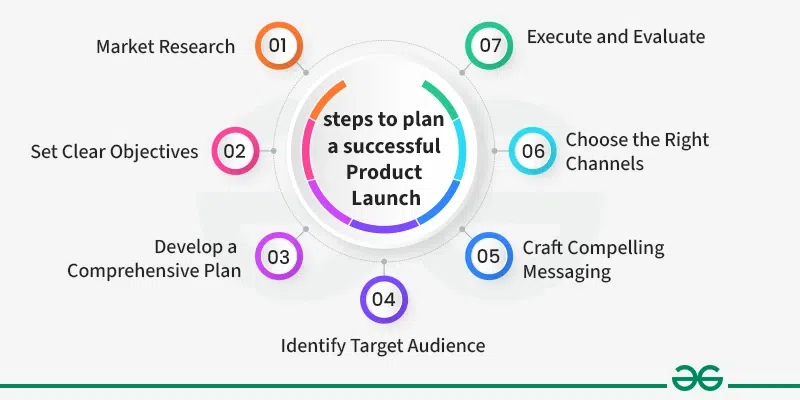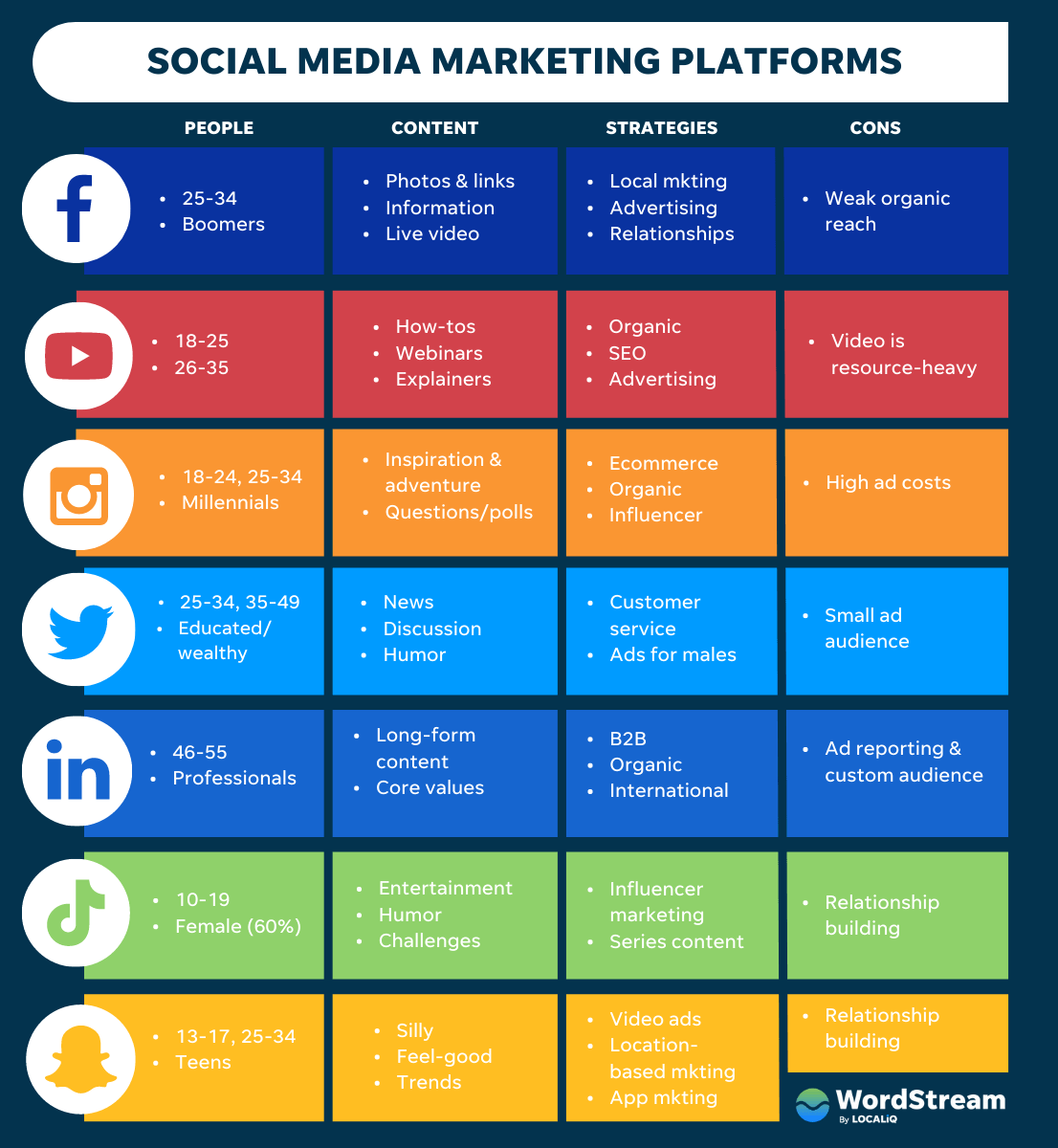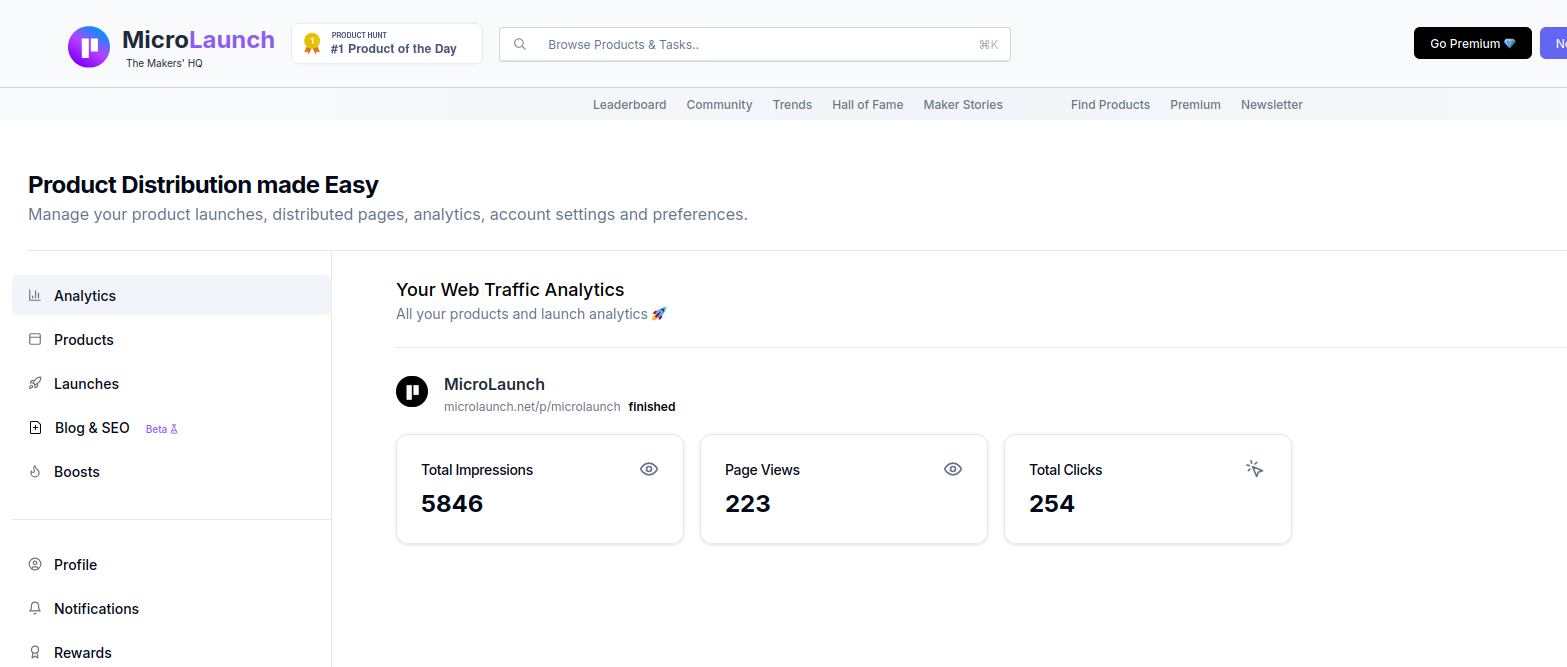
The Ultimate Guide to Planning a Product Launch
Planning a Product Launch: From Concept to First Sales
First Step: Understand Your Market and Target Audience
Launching a new product is a mix of excitement and challenge. Whether you're just starting out or you're an established company, a successful product launch needs careful planning, smart execution, and a solid grasp of your target market. This guide will walk you through the key steps of planning and executing a product launch that boosts your chances of success.
In this guide, you'll learn:
- How to sharpen your product concept and unique selling point
- Ways to research and validate your market
- Tips for creating an effective marketing plan
- Techniques to build hype before launch
- What to focus on after launch
- How to measure and analyze your launch results
 Source: geeksforgeeks
Source: geeksforgeeks
Whether you're bringing a physical product, software, or service to market, this guide will give you the tools and insights to handle the complexities of a product launch and set the stage for long-term success.
First, Conduct Market Research
Before diving into the details of planning a product launch, it's vital to understand your market and target audience. Thorough market research helps you identify potential customers, their needs, and pain points. This information is crucial for tailoring your product and marketing strategy to meet what consumers want.
Start by looking at your competitors and what they offer. What are they doing well? Where are they falling short? This insight can help you position your product in a unique way. Don't forget to talk directly to potential customers. Their feedback can give you valuable insights into what features they want and how much they're willing to pay.
Define What Makes You Different: a Unique Selling Point
Once you've gathered market information, it's time to define what makes your product special. Your unique selling point is the main reason why customers should choose your product over others. It should clearly communicate the specific benefits your product offers and how it solves your target audience's problems.
A strong unique selling point is short, memorable, and speaks to your ideal customer. For example, Uber's tagline "The smartest way to get around" sums up their service's convenience and efficiency perfectly. When creating your unique selling point, focus on what sets you apart and why that matters to your customers.

Craft a Solid Launch Strategy
First, Set Clear Goals and Timelines
A successful product launch doesn't happen by chance. It needs careful planning and execution. Start by setting clear, measurable goals for your launch. These might include targets for sales, user signups, or media coverage. Be specific and realistic – aiming for "1,000 new users in the first month" is more actionable than "lots of new users."
You ideally have to go through multiple product launch phases.
Next, create a detailed timeline for your launch. Work backwards from your launch date, mapping out key milestones and deadlines. This timeline should cover everything from product development and testing to marketing activities and post-launch follow-ups. Don't forget to build in some extra time for unexpected delays or last-minute changes.
The type of goals we usually suggest are:
- Impressions for brand awareness
- Traffic
- Signups
- Conversions or Activations
Ideally, set up a funnel in your pre-launch phase.
Build Hype Before Launch Day
Creating excitement for your product can really boost its initial reception. Start building hype well before your official launch date. Tease your product on social media, offer sneak peeks to influencers or industry experts, and consider running a pre-launch email campaign to capture early interest.
One effective strategy is to create a landing page where potential customers can sign up for updates or join a waitlist. This not only generates excitement but also helps you build a valuable email list for future marketing efforts.
Use your launch teaser pages, drop secret features and unique content a few days before the launch day. Microlaunch provides longer launches, they last a whole month instead of 24 hours on other platforms such as Product Hunt. Both can be used complimentarily.
Hint: When we started growing Microlaunch, we realized that most launch platforms are in "all-or-nothing" mode:
- 1st gets 40% of clicks/traffic
- 2nd gets 30%
- and so on..
We are trying to fix this imbalance via various features such as launch boosts and random leaderboard re-shufflings.
Make Marketing Work for You
Use Social Media Efficiently: Best for Push Marketing
In today's digital world, social media is a must for product launches. It's a direct line to your target audience and can help spread your message quickly and cost-effectively. Develop a social media plan that fits with your overall launch strategy, focusing on platforms where your target audience hangs out.
Social Media can help you achieve multiple launch goals:
 Source: Sprout Social
Source: Sprout Social
Create engaging content that shows off your product's benefits and features. Use a mix of formats – photos, videos, infographics – to keep things interesting. Don't forget to interact with your followers by responding to comments and questions promptly. This interaction can help build a community around your brand and foster customer loyalty.
When it comes down to selecting the best channels for your launch, please refer to comparison table such as the following one from Wordstream:
 Source: Wordstream
Source: Wordstream
Partner with Influencers
Influencer marketing can be a powerful way to reach new audiences and add credibility to your product. Find influencers whose followers match your target demographic and whose values align with your brand. Remember, bigger isn't always better – micro-influencers with smaller but highly engaged followings can often deliver better results than celebrities with millions of followers.
When working with influencers, give them clear guidelines but also allow room for creativity. Authentic, genuine endorsements are far more effective than scripted promotions.
What about using Ads to sustain your Launch?
Ads are a great way to boost your launch exposure and push your brand awareness quickly to the top. Conversion-wise, it can have a negative ROI when done prematurely or with an imprecise targeting. We suggest you try, measure and repeat until you find favorable channels and campaign parameters.
Note that Microlaunch provides startup-friendly premium packs, especially design to minimize CPC and optimize your conversions.
Important: Keep your Post-Launch Momentum Strong
Why Customer Feedback Matters
Once your product is out there, it's crucial to gather customer feedback. This information is gold for improving your product and fine-tuning your marketing efforts. Set up ways to collect reviews, run surveys, and keep an eye on social media mentions.
Respond to all feedback, good and bad, quickly and professionally. Use positive reviews as testimonials in your marketing materials. For negative feedback, address concerns promptly and use the insights to make improvements to your product or service.
Analyze Your Launch and Adjust Your Strategy (and Pivot Sometimes)
After the initial launch excitement dies down, it's time to look at how you did compared to the goals you set earlier. Did you meet your targets? Where did you do better than expected, and where did you fall short?
Use tools like Google Analytics to track website traffic, conversion rates, and user behavior. Look at your sales figures, customer acquisition costs, and retention rates. This data will help you identify what worked well and what needs improvement.
 Analyze your Post-Launch Web Analytics on your Microlaunch HQ
Analyze your Post-Launch Web Analytics on your Microlaunch HQ
Based on this analysis, be ready to adjust your strategy. Maybe you need to tweak your messaging, focus on different marketing channels, or even modify your product. Remember, a product launch is not a one-time event but the start of an ongoing process of growth and improvement.
Interested in preparing your next launch, we prepared you an Ultimate Product Launch Plan Checklist.
In conclusion, planning a product launch is a complex but rewarding process. By understanding your market, creating a solid strategy, nailing your marketing, and continuously learning from feedback, you can set your product up for success. Remember, the launch is just the beginning – stay flexible, keep listening to your customers, and be ready to evolve as you grow.
